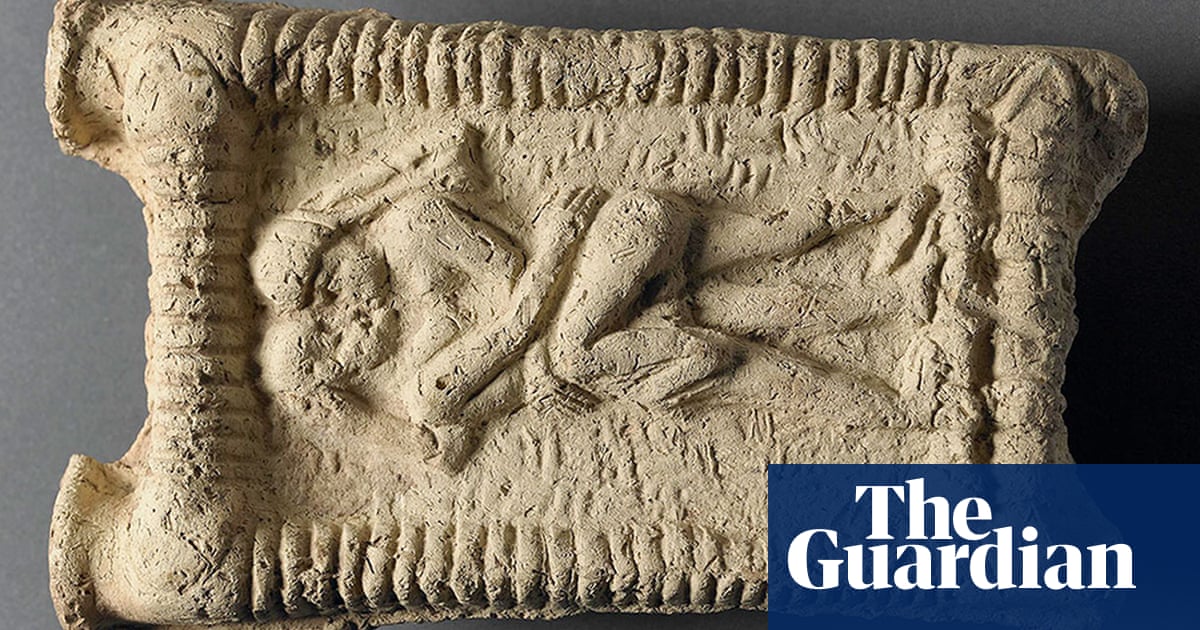
The earliest period of warfare in Europe might have occurred more than 1,000 years before what was previously thought to be the first large-scale conflict in the region, researchers have suggested.
Reanalysis of more than 300 sets of skeletal remains uncovered in Spain – radiocarbon dated to between 5,400 and 5,000 years ago – indicates that conflicts took place long before powerful states formed in the region.
The number of damaged bones and the disproportionately high percentage of males suggest the wounds resulted from a period of conflict, potentially lasting at least months, the authors of a study, published in Scientific Reports, said.
The study re-examined the skeletal remains of 338 individuals from a mass burial site in a shallow cave in the Rioja Alavesa region of northern Spain.
Researchers found that there were substantially higher injury rates for the time, with 23.1% of the individuals showing evidence of skeletal injuries and 10.1% having unhealed injuries.
The authors also found that 74.1% of the unhealed injuries and 70.0% of the healed injuries had occurred in adolescent or adult males, a significantly higher rate than in female individuals, and a difference not seen in other European neolithic mass-fatality sites.
Fifty-two flint arrowheads were also discovered at the site, and 36 of these had minor damage associated with hitting a target.
Previous research had suggested that conflicts consisted of short raids lasting a few days and involving small groups of up to 20 to 30 people, and it was assumed early societies lacked the logistical capabilities to support longer, larger-scale conflicts.
The earliest such conflict in Europe was previously thought to have occurred during the bronze age, approximately 4,000 to 2,800 years ago.
The overall injury rate, the higher injury rate for males, the relatively high rate of healed injuries (suggesting that the conflict continued over several months) and the previously observed damage to the arrowheads led the authors to conclude that many of the individuals at the burial site were exposed to violence and might have been casualties of warfare.
The reasons for the conflict are unclear, the authors said, but they speculate it could have been caused by tension between different cultural groups in the region during the late neolithic period, which spans from 3000BC to 1600BC.












